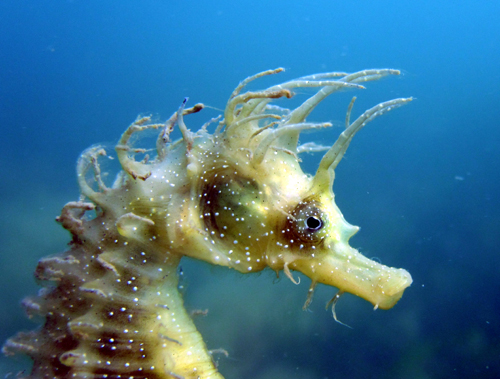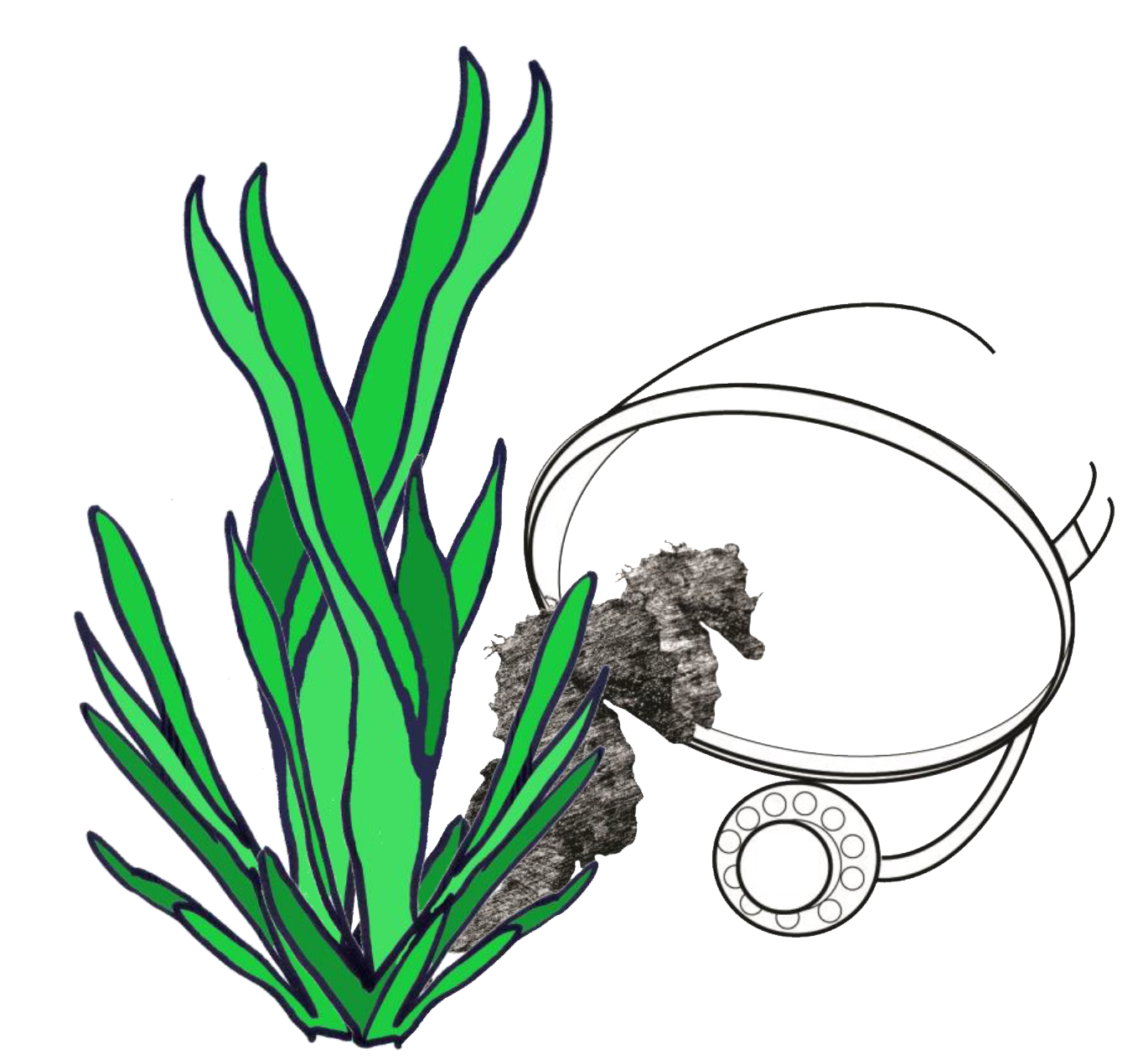Marine Management Organsition advice on flash photography
An independent scientific review concluded that flash photography at high levels can disturb seahorses, especially when combined with other activities..
MMO will consider applications for licences for scientific or education purposes to allow seahorses to be photographed using flash photography on a case-by-case basis only.
It may be possible to reduce the effects using conditions on licences issued.
MMO will update their advice if new evidence and scientific knowledge becomes available.
If you incidentally encounter a seahorse, to reduce any potential disturbance:
- Do not pursue seahorses if they swim away.
- If a seahorse displays signs of distress you must retreat slowly to at least 5 metres away, avoiding sudden movement.
The following list describes typical behaviour displayed by stressed seahorses:
- A seahorse will rise up into the water column above the seabed or into surrounding area and swim with its tail curled up;
- A seahorse will hold its head in a downward, chest hugging posture.
- A seahorse will turn its back, curl up, lie flat or move away.
- Seahorse’s colouring will darken, especially in the squares amongst the body ridges; and
- The pupils in the eyes of the seahorse will dilate/fluctuate.




